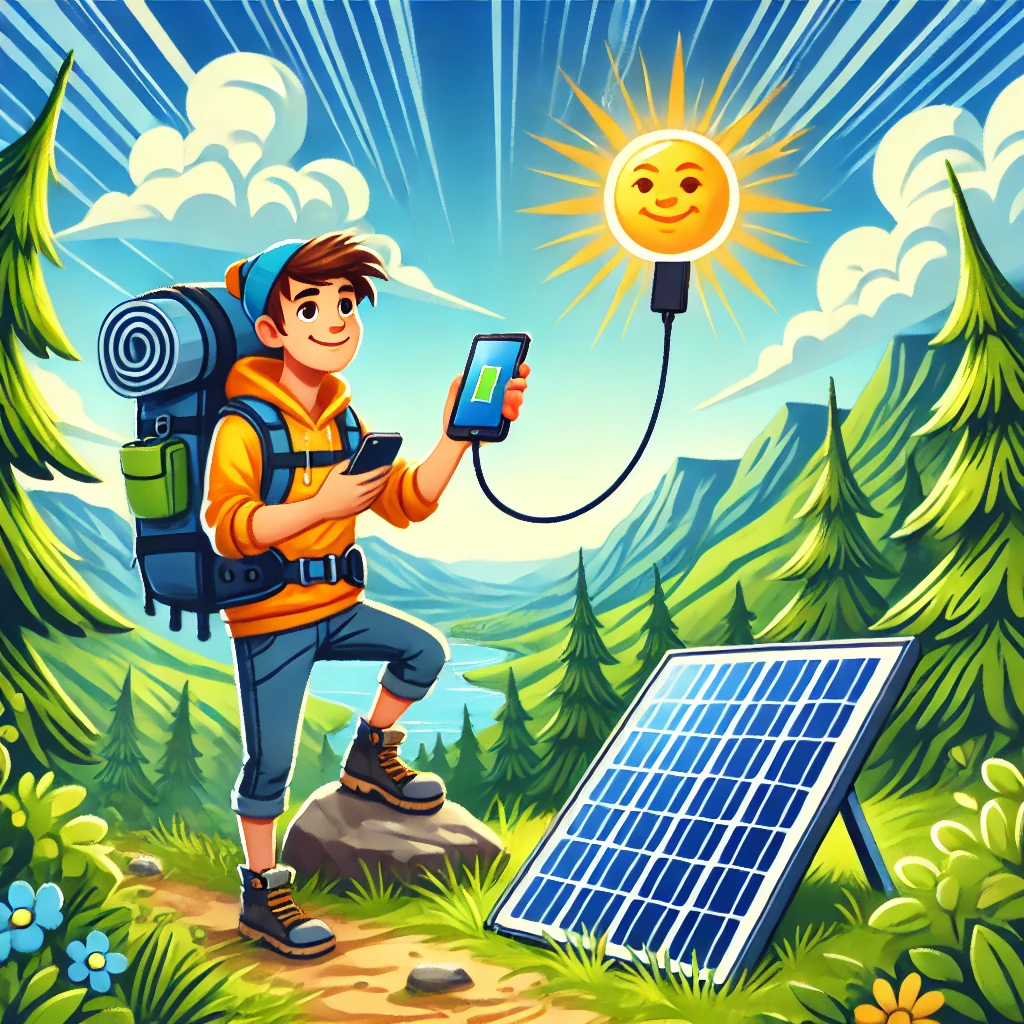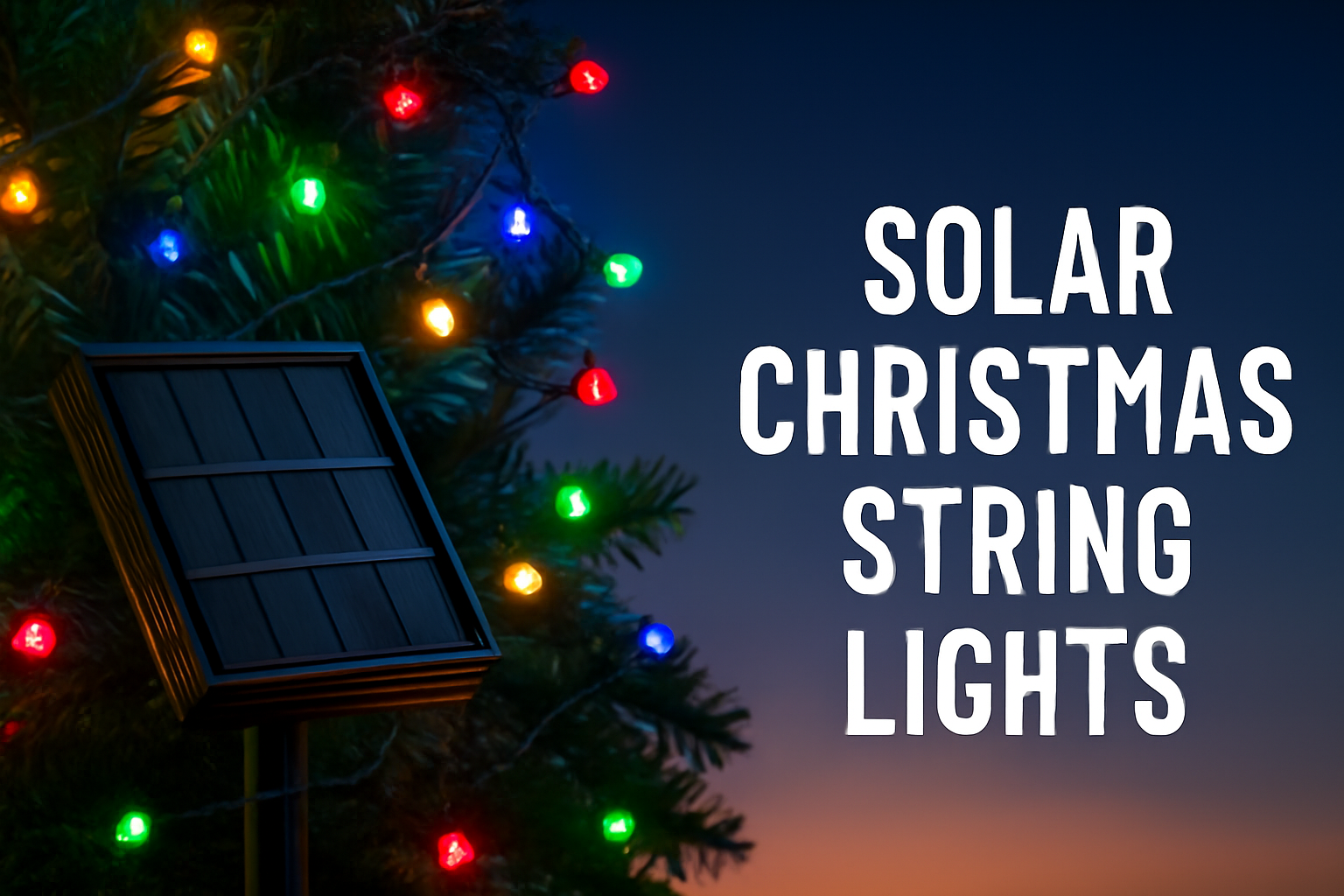When you’re out in the wilderness, staying connected can be a lifesaver. Whether you need GPS for navigation, emergency calls, or capturing stunning landscapes, keeping your phone charged is essential. That’s where solar cell phone chargers come in handy. But with so many options on the market, how do you choose the best one for your hiking adventures? This guide will break down the top choices, key features to look for, and tips to get the most out of your solar charger.
Why Choose a Solar Cell Phone Charger for Hiking?
- Eco-Friendly Power: Harnessing the sun’s energy reduces your carbon footprint.
- Unlimited Energy Source: As long as the sun is shining, you’ll have power.
- Emergency Preparedness: Stay connected in remote areas without access to outlets.
- Lightweight and Portable: Designed for easy packing and carrying.
Top 5 Best Solar Cell Phone Chargers for Hiking
- Anker 21W Dual USB Solar Charger
Pros: High-efficiency SunPower panels provide up to 21.5-23.5% efficiency, ensuring fast and reliable charging. Dual USB ports let you charge two devices simultaneously, and its rugged polyester canvas protects it from the elements.
Cons: At 14.8 ounces, it’s slightly bulky for minimalist hikers who prioritize ultralight gear.
Best For: Those who need to charge multiple devices simultaneously, like a phone and a power bank, during extended hikes. Ideal for tech-heavy adventurers who value speed and reliability. - BigBlue 28W Solar Charger
Pros: Features smart IC technology to recognize your device and optimize charging speed. Its high energy conversion rate (up to 23.5%) and weather-resistant surface make it a reliable choice for all conditions. The foldable design includes three USB ports, perfect for charging multiple devices.
Cons: Lacks a built-in battery, meaning you can’t store energy for later use without an external power bank.
Best For: Hikers looking for quick and efficient charging in varied weather conditions, especially for groups carrying several devices. - Goal Zero Nomad 10
Pros: Compact and highly portable at just 1.2 pounds. Built with rugged, weatherproof materials to withstand harsh hiking conditions. The integrated kickstand helps you angle the panels for optimal solar exposure, and its USB output port is compatible with various devices.
Cons: With only 10 watts, it offers slower charging speeds, especially for larger devices or in low-light conditions.
Best For: Solo hikers needing a lightweight, compact option for emergency phone charges and short trips. - RAVPower 24W Solar Charger
Pros: Delivers fast charging with three USB ports, enabling simultaneous charging of multiple devices. The foldable design and lightweight materials make it easy to carry without sacrificing power output. High-quality solar panels offer an impressive energy conversion rate of 23.5%.
Cons: Priced higher than some competitors, which may deter budget-conscious hikers.
Best For: Group hikes or family trips where multiple devices need charging at once. Perfect for tech enthusiasts seeking both performance and portability. - Nekteck 21W Solar Charger
Pros: Offers excellent value with its high-efficiency solar panels (up to 21-24%) at an affordable price. It’s lightweight (18 ounces), foldable, and built with durable materials for outdoor use. The dual USB ports provide sufficient charging for most devices.
Cons: Limited to charging two devices at a time and lacks a built-in battery for energy storage.
Best For: Budget-conscious hikers looking for reliable performance on day hikes or short trips without breaking the bank.
Key Features to Look for in a Solar Charger
- Wattage and Efficiency: Higher wattage equals faster charging. Look for panels with high-efficiency ratings.
- Portability: Lightweight and foldable designs are easier to pack.
- Durability: Waterproof and rugged construction is a must for outdoor use.
- Charging Ports: Multiple USB ports allow for charging more than one device.
- Built-in Battery: Some models include battery storage for charging when the sun isn’t shining.
- Compatibility: Ensure the charger supports your phone’s power requirements.
How to Use a Solar Charger Effectively While Hiking
- Positioning: Place the panel directly under sunlight, avoiding shaded areas.
- Attachment: Use carabiners or straps to secure the panel to your backpack.
- Time Management: Charge devices during peak sunlight hours (10 AM to 2 PM).
- Storage: Keep devices in a cool, shaded spot while charging to prevent overheating.
- Battery Packs: Consider pairing with a power bank for charging after sunset.
Tips for Maintaining Your Solar Charger
- Clean Regularly: Wipe off dust and debris to maintain efficiency.
- Store Safely: Keep in a dry, cool place when not in use.
- Check for Damage: Inspect cables and panels regularly for wear and tear.
- Avoid Overcharging: Disconnect devices once fully charged to preserve battery health.
Conclusion
Choosing the best solar cell phone charger for hiking depends on your specific needs, from the number of devices to charge to the type of hikes you embark on. Whether you’re a solo adventurer or hiking with friends, there’s a solar charger out there to keep your devices powered and ready. Investing in a quality charger means you can focus on the adventure ahead, knowing you’re always connected when it counts.
FAQs
- Can solar chargers work on cloudy days?
Yes, but charging will be slower. Some models perform better in low-light conditions. - Do solar chargers store energy?
Only if they have a built-in battery; otherwise, they charge devices directly from sunlight. - How long does it take to charge a phone with a solar charger?
It depends on the charger’s wattage and sunlight conditions, but typically 2-4 hours. - Are solar chargers waterproof?
Many are weather-resistant, but it’s best to check the product specifications. - Can I use a solar charger for other devices besides phones?
Yes, most can charge tablets, GPS devices, cameras, and more as long as they have compatible ports.



